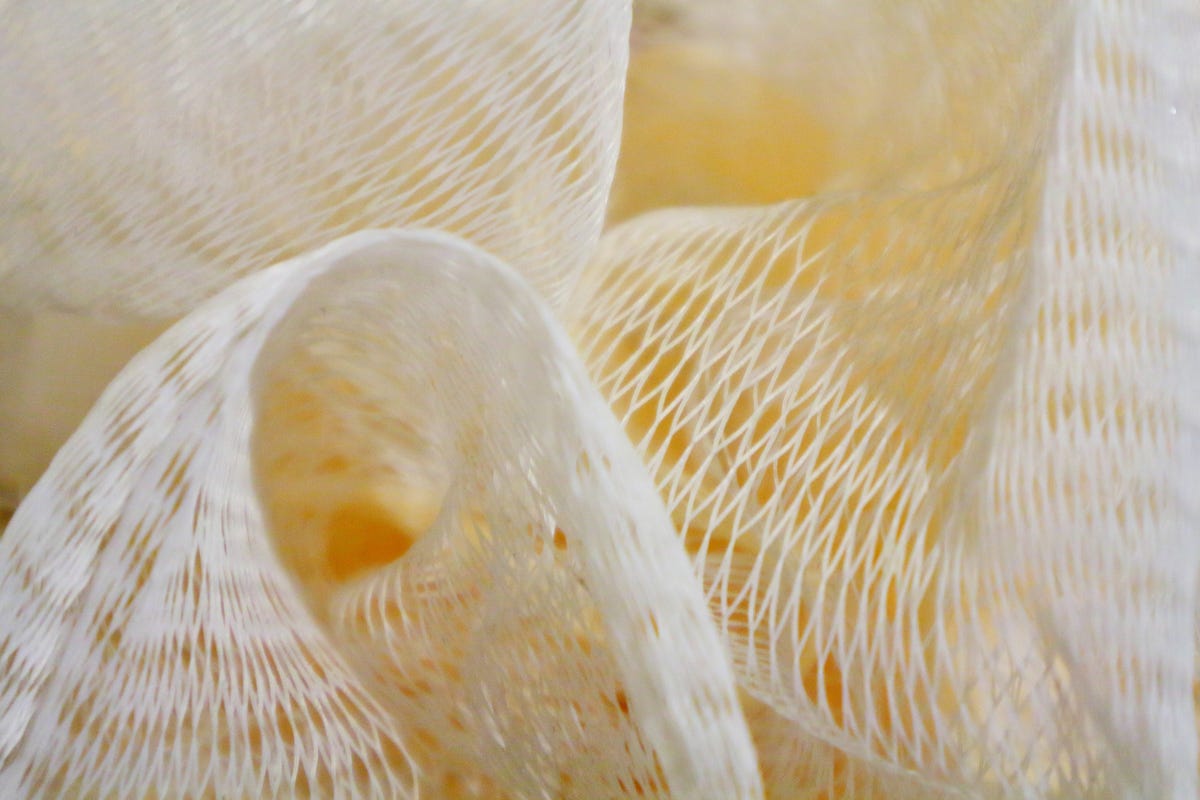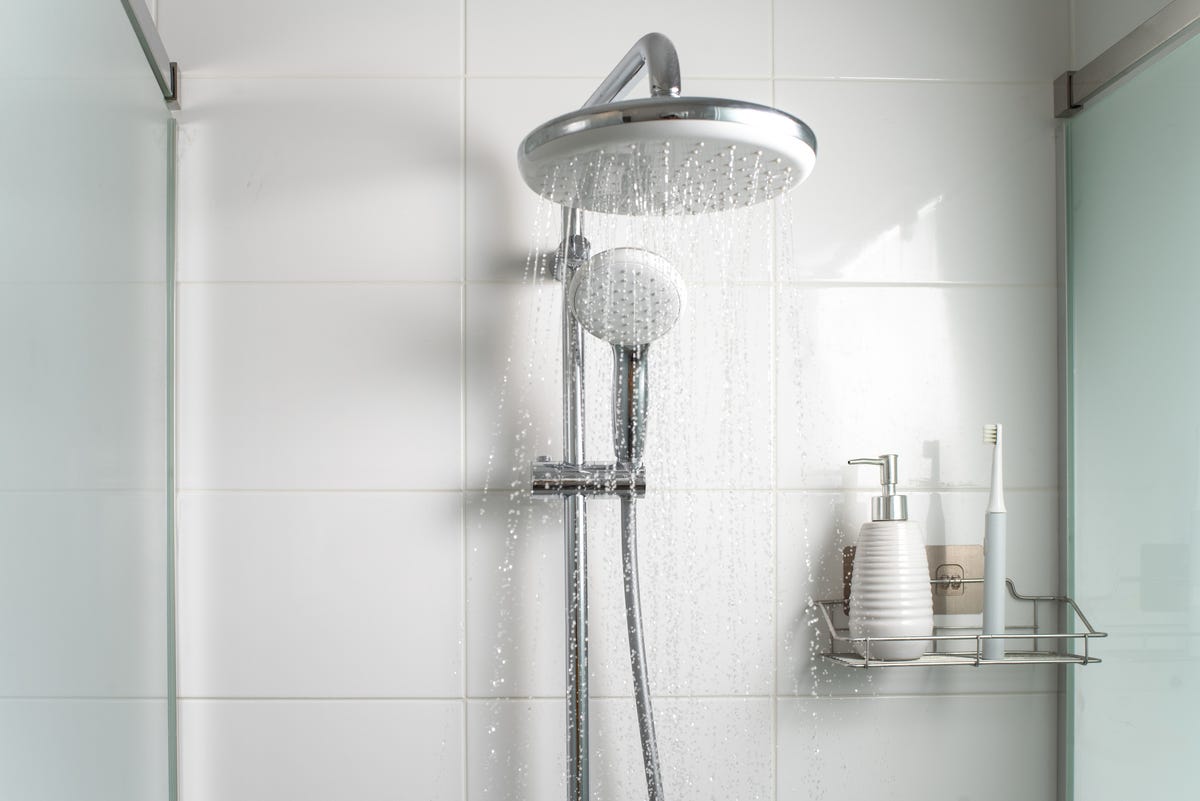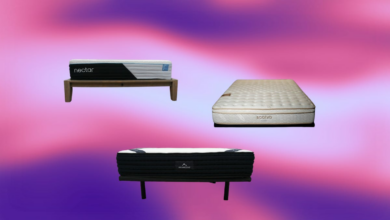What is an African net sponge?




What’s popular changes regularly, with trends coming and going as often as the seasons, if not more often. Beauty trends are just one area where this pattern continues. For example, despite being around and used throughout history, the African net sponge is one of the popular items that’s had a viral impact thanks to TikTok.
What is an African net sponge?
African net sponges are long, interwoven pieces of nylon that form a mesh structure. This structure, reminiscent of the fishing nets that inspired it, can be used as a bath sponge. It has the potential added benefits of exfoliating your skin and drying so quickly after use that bacteria may not even have time to form.
Also known as sapo sponges and African exfoliating nets, these beauty and hygiene tools have been used for centuries and were once made from fishing nets. Although they were originally made from fishing nets that used natural fibers, Modern African net sponges are made primarily of nylonWhile academic and scientific information on these products can be difficult to find, the retail world is bursting with outlets.
African net sponge vs loofah
African net sponges are similar in appearance and purpose to loofahs, but may last longer with less wear and tear and may be less prone to harboring bacteria. Although there is relatively little research on these products, there is strong support from advocates worldwide who tout the benefits of African net sponges over loofahs.
Because the African net sponge is designed with a long piece of nylon that can be folded into different shapes, this bathing tool can be customized to where you can reach and use it on your body. The loofah, on the other hand, is generally smaller and less malleable, making it harder to reach hard-to-reach places.
How do you use an African net sponge?
Using an African net sponge is fairly intuitive. However, before use, it is essential to wash the sponge. This can be especially important for new sponges. After that first time, your African net sponge may only need to be washed sporadically, depending on use.
- When using the sponge, the first step is to wet it and apply soap or body wash. The types of soap you use will vary, but some may need to be reapplied more often. Thicker, firmer soaps, such as bar soaps, may adhere more easily to these nets, meaning they need to be reapplied less often per wash.
- You can then rub the sponge over your body, folding and unfolding it to reach different areas. Proponents of the African net sponge recommend gently massaging it over your skin, focusing on washing and exfoliating. These sponges are said to exfoliate well without having to push hard or scrub roughly.
- After you are done with the sponge and have washed it, you can wring it out and hang it to dry.
If properly cared for and maintained, African net sponge can live up to two yearsalthough the exact lifespan of each sponge will vary. When storing your sponge between uses, it is best to keep it cool and dry to prevent moisture, dirt, or bacteria from getting inside.

Benefits of African Net Sponge
Proponents report that African net sponges have a variety of benefits. As with other aspects of this beauty trend, scientific research is sparse; however, the impact of these products on the bath and beauty market is far from subtle. According to proponents, the African net sponge may offer the following benefits, based on its exfoliating properties, reviews, and design:
- Exfoliates: The nylon mesh design of the African net sponge lends itself well to exfoliation. The nylon fibers scrape the skin clean, which can help unclog pores and remove dead skin cells.
- Makes the skin softer: Since one of the main effects of this sponge is exfoliating your skin, it can help your skin to become softer and smoother.
- Increases blood circulation: A good exfoliation can do more than just remove dead skin cells and unclog pores; it can also energize the skin and Improve blood circulation in some areas.
- Helps with the absorption of the product: After exfoliating, your skin may be clearer and more receptive to body products. With unclogged pores and dead skin cells removed, these products can penetrate deeper into your skin.
- Long term: The African net sponge is said to last up to two years, making it longer than many comparable products, such as the loofah, which replace every three to four weeks.
- More hygienic: Because the mesh of these sponges is thin, separated and non-porous, there is little room for water and bacteria to build up. As a result, many people claim that these sponges are more hygienic and a lower risk of harboring bacteria than loofahs.
- Adjustable for hard-to-reach places: The design of these sponges allows them to reach even difficult areas, such as between the shoulder blades and the lower back.
African net sponge side effects
While African net sponges have many supposed benefits, there are also some potential side effects to consider. Based on reviews, these side effects mainly involve skin irritation in one form or another; however, this list may not include all possible side effects. Sometimes, these side effects can occur when you first start using an African net sponge and then fade as your skin becomes more conditioned to the product. Also, side effects can depend on your specific product and brand.
If you have sensitive or irritated skin, you’ll probably want something a little gentler than the African net sponge. Finding a good exfoliating tool that won’t irritate your skin can be a challenge for sensitive skin. In such cases, it may be best to talk to a dermatologist to figure out what will work best for your skin health.

How to Clean and Store an African Net Sponge
Although some users of the African net sponge say that it can go a few months before you need to wash it, you may want to clean it more often. For example, some recommend washing these sponges every two weeks. Most people prefer to wash these sponges by hand, but some manufacturers say that you can also wash them in the washing machine.
Ultimately, making sure you clean your sponge regularly may be more important than which of these techniques you use. clean your african net spongefollow these steps:
- Rinse: Rinse your African net sponge after use before hanging it to dry. This helps remove water, skin, dirt and other debris.
- Hand wash: Every few weeks to months you should gently wash the sponge by immersing it in warm water with a little mild detergent added.
- Dry: When drying the sponge, wring out the excess water and hang the sponge to dry. Place the sponge so that it is exposed to the air as much as possible.
Alternative wash
- Washing machine: You can machine wash these sponges with a mild detergent if desired, but they may break down more quickly and lose their texture.
Once you have finished cleaning and drying your African net sponge, you can fold it up and store it in a drawer, laundry room, or other convenient location. In between uses, you should keep these sponges away from high humidity, as this can increase the risk of moisture and bacteria buildup.

How do you find a real African net sponge?
The market seems to be flooded with both real and fake African net sponges. When looking for the most authentic version of these African beauty tools, the best approach may be to look for African retailers and suppliers. The more closely a company is aligned with the culture of origin, the more likely it is to sell the real deal. Real African net sponges are made of nylon, are generally long, can be folded into different shapes, and should not release dye when used.
Of course, make sure you do your research and read reviews before purchasing any product. Consult your healthcare provider for any health concerns.




